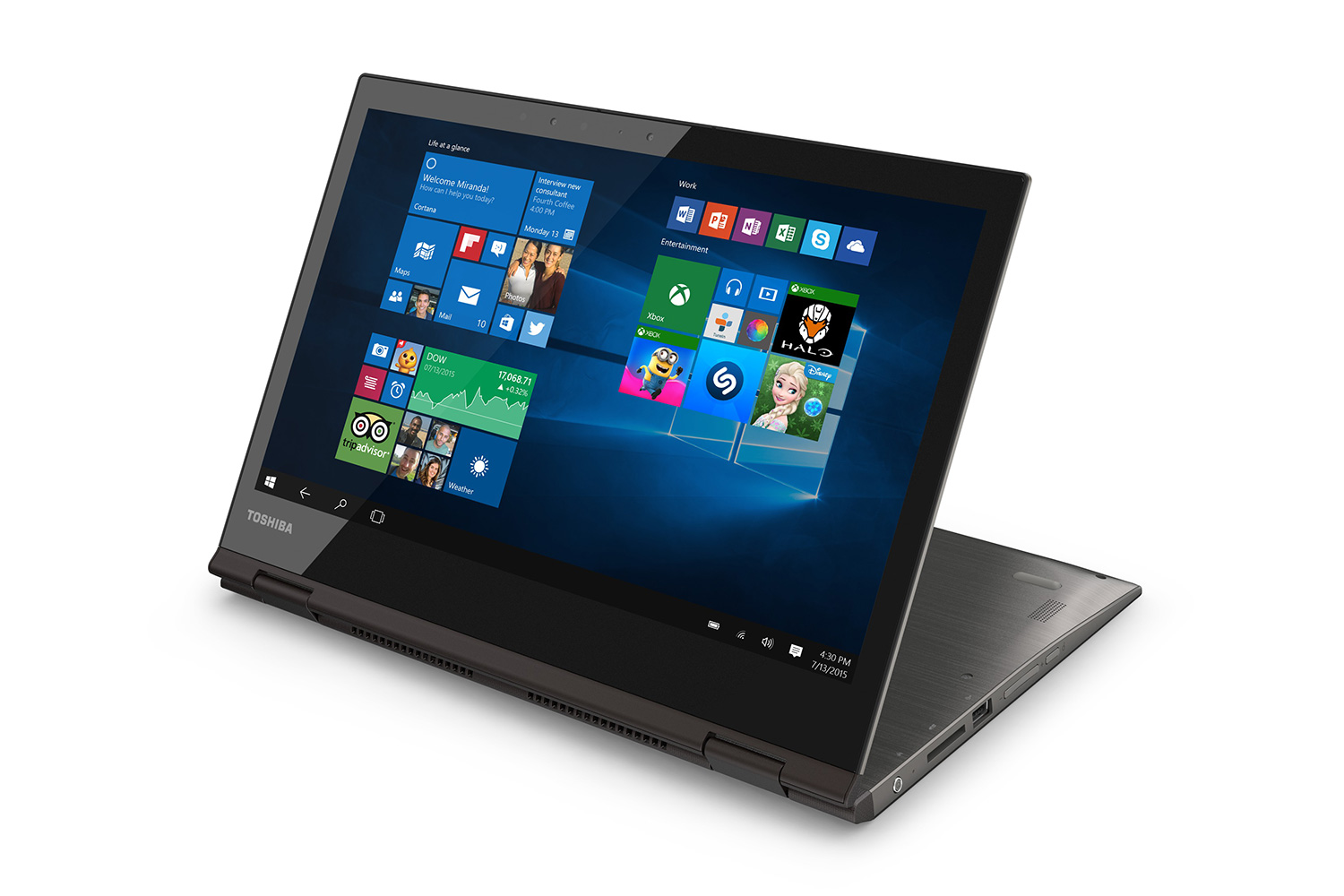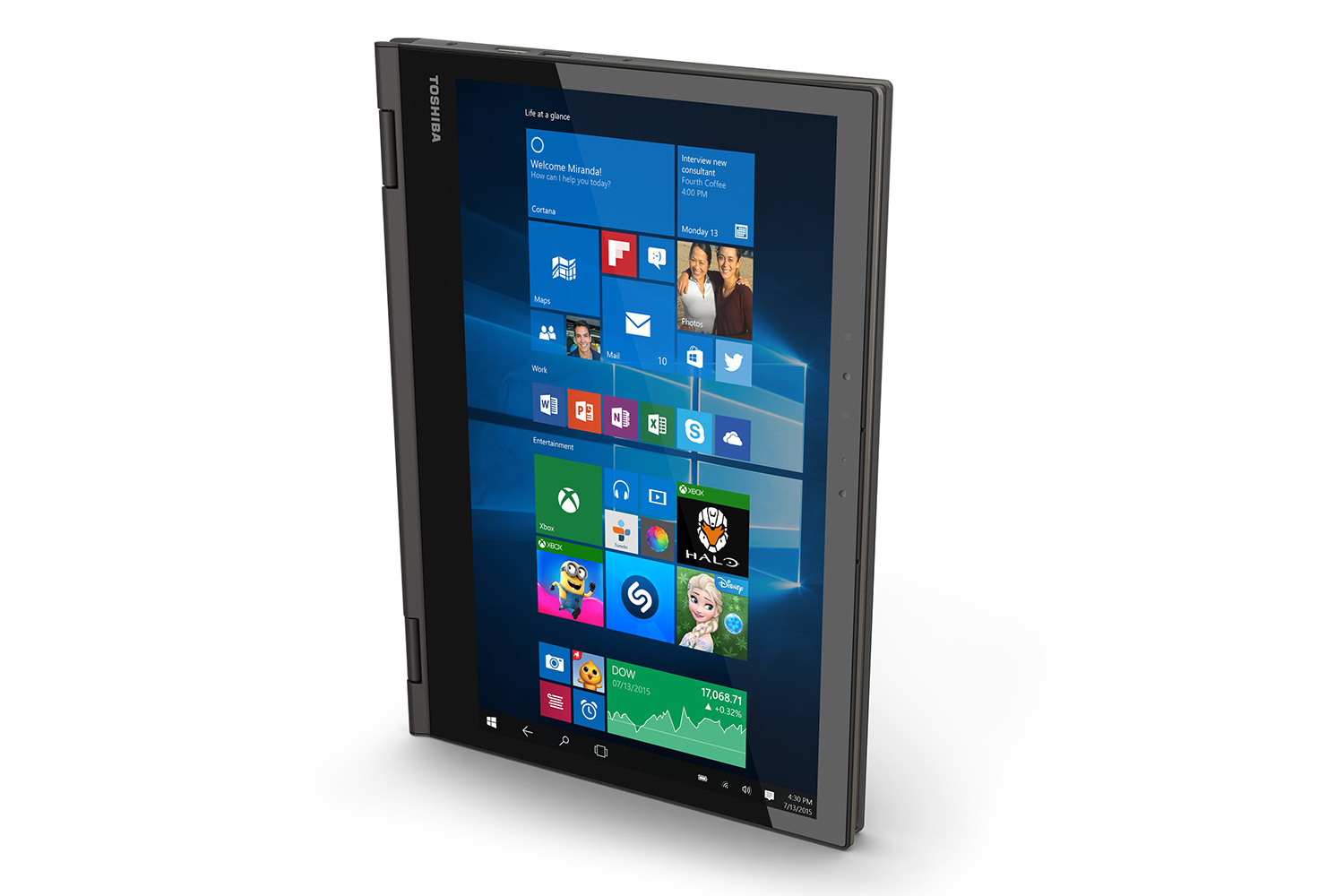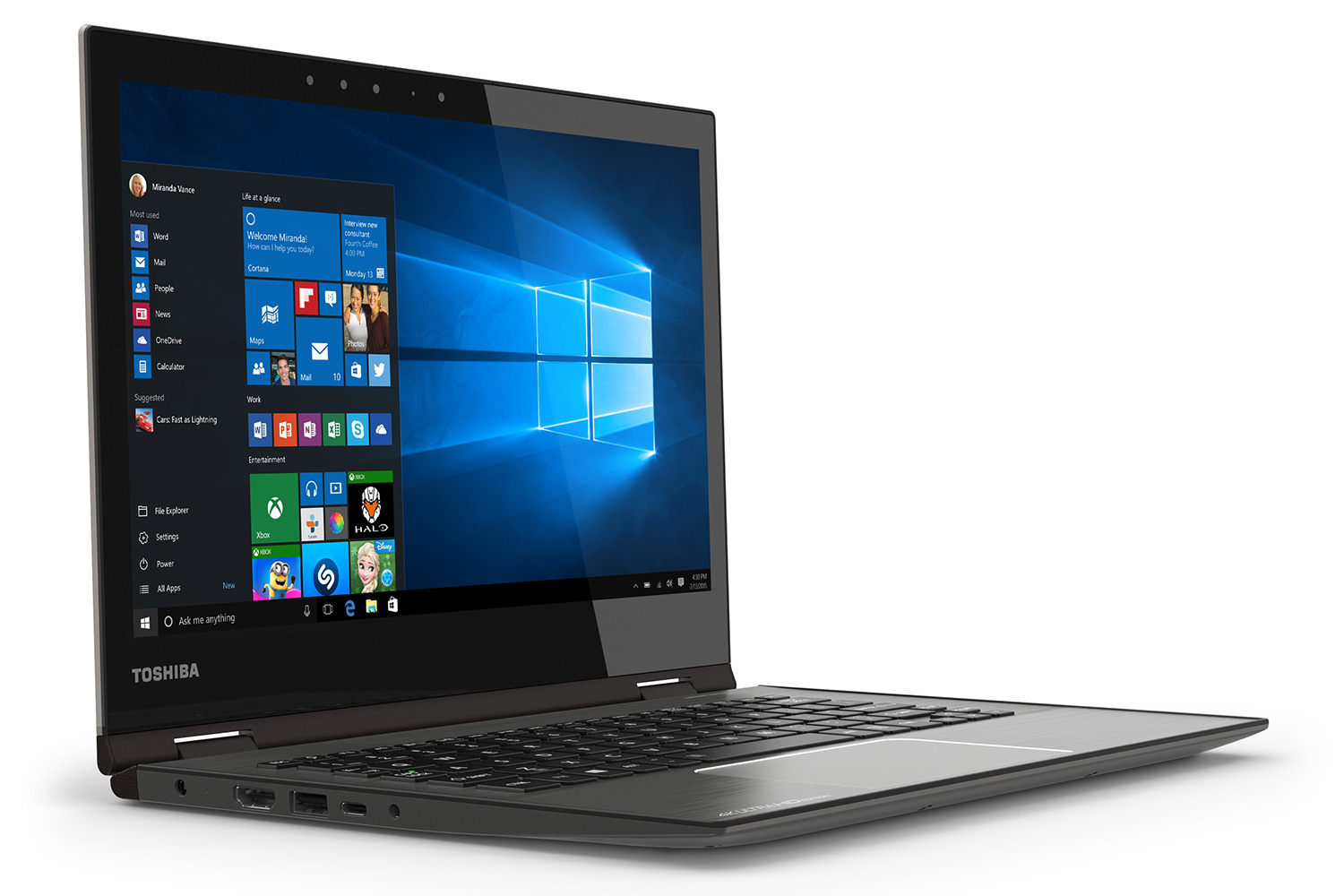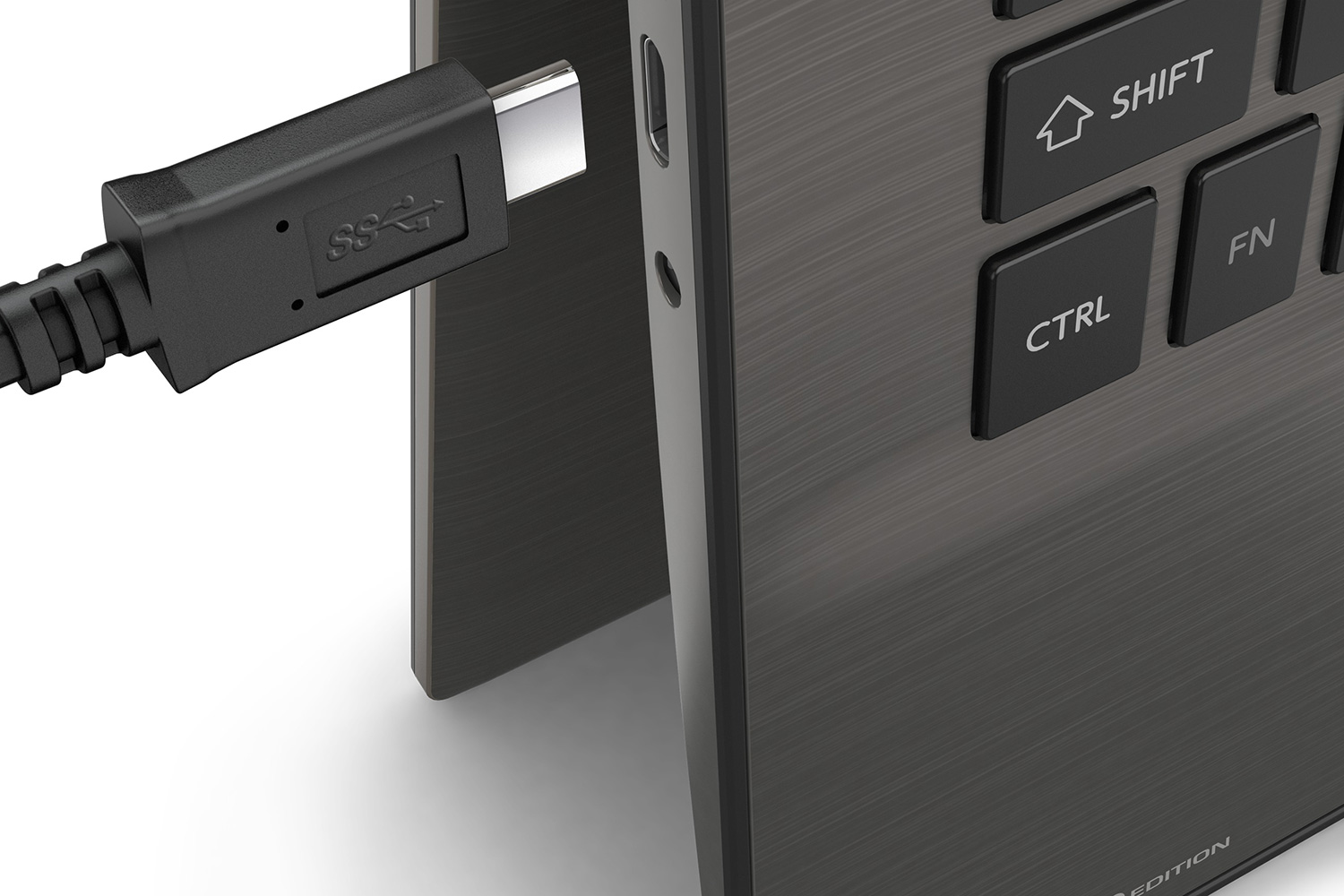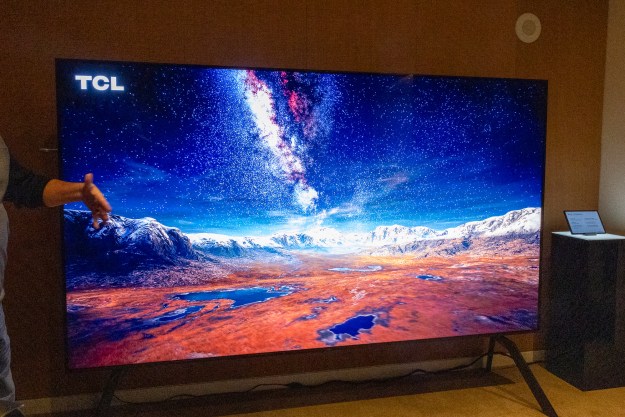Toshiba has revealed its new Satellite Radius 12 two-in-one laptop at the IFA electronics show in Berlin with a release date scheduled for the fourth quarter of this year.
The Satellite Radius 12 is the world’s first 12.5-inch convertible laptop, says Toshiba, with a 4K Ultra HD display, lightweight design, 6th Gen Intel Core Processor, and improved battery life. It is also one of the first small-screen laptops that supports Windows Hello facial authentication, for logging into Windows 10 through the on-board infrared camera.
Toshiba says the new laptop is much more power efficient thanks to its 6th Gen Intel Core Processor, which ensures improved performance and graphics with a longer lasting battery.
“The 6th Gen Intel Core processor is Intel’s best processor ever, providing users with great performance for productivity and multi-tasking,” says Navin Shanoy, corporate VP and general manager of Intel’s Mobile Client Platforms Group. “Its improved graphics and long battery life also offer seamless and smooth gaming and video experiences on the go.”
The 3840 x 2160 touchscreen display has four times the number of pixels as a full HD display, and boasts high color accuracy, as tested and certified by Technicolor.
“Technicolor has certified that the color accuracy offered by the Satellite Radius 12’s 4K Ultra HD display delivers color faithful to the intention of all content creators for viewing and enjoying digital content, including movies, episodic television, online shopping, games and more,” says Manuèle Wahl, SVP Technology and Trademark Licensing at Technicolor.
The screen meanwhile has been reinforced with Gorilla Glass NBT. Toshiba claims it has eight to ten times higher scratch resistance than soda lime glass display, which is used in window panes and glass bottles. It can withstand greater shock and accidental bumps, which makes it ideal for traveling, weighing 2.9 pounds with a slim 0.6-inch profile and 360 degree precision hinge.
The Satellite Radius 12’s development has been made possible through Toshiba’s “deep relationships” with Microsoft, Intel, and Technicolor, says Philip Osako, senior director of product marketing, digital products division at Toshiba America Information Systems.
“The Satellite Radius 12 expertly blends the latest technology into an extremely powerful, yet compact and easy-to-carry PC that is not only versatile, but durable enough to handle a highly mobile lifestyle,” Osako adds.
The Satellite Radius 12 is scheduled for release in the US in the fourth quarter of 2015. No specific release date or pricing information has been announced.
Editors' Recommendations
- What we want to see from the next Apple TV 4K
- Samsung’s new 98-inch DU9000 4K TV is just $4,000. Can it beat TCL and Hisense?
- Vizio’s first 86-inch 4K TV is coming soon, for $999
- Belkin drops a $50 mount for iPhone video calls on Apple TV 4K
- If you don’t see CBS in 4K on YouTube TV, try this
